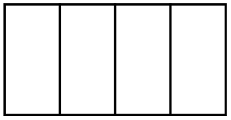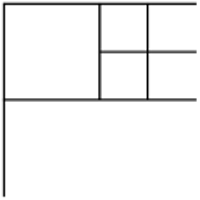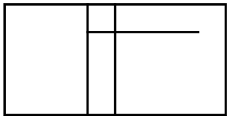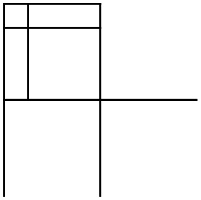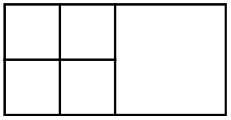Towers
I got immediately attracted to the puzzle Oleg Polubasov recently posted on Facebook.
Puzzle. A rectangular clearing in a forest is an N-by-M grid, and some of the cells contain a tower. There are no towers in the cells that neighbor the forest. A tower protects its own cell completely and parts of the eight neighboring cells at a depth of half of a cell. Here by neighbors, we mean the cells horizontally, vertically, and diagonally adjacent to the given cell. In particular, if each cell is one square unit, a tower protects four square units. The protected area forms a square with borders that lie in between the grid lines. A tsar knows the towers’ locations and wants to calculate the protected area. Prove that the following formula gives the answer: the number of 2-by-2 subgrids that contain at least 1 tower.

I like this puzzle because it has an elegant solution. But there is more. The puzzle reminds me of one of my favorite novels by Arkady and Boris Strugatsky: The Inhabited Island, also known as Prisoners of Power. This is a science fiction novel where Max Kammerer, a space explorer, ends up on a planet with desolate people who, twice daily, experience sudden bouts of enthusiasm and allegiance to the government. Later, it becomes clear that the love for the rulers comes from towers that broadcast mind-control signals suppressing critical thinking and making people prone to believe propaganda.
The novel was written in 1969 but accurately describes the modern Russian propaganda machine. It appears that there is no need for a secret signal. Just synchronized propaganda on government-controlled TV turns off people’s brains.
Share:


